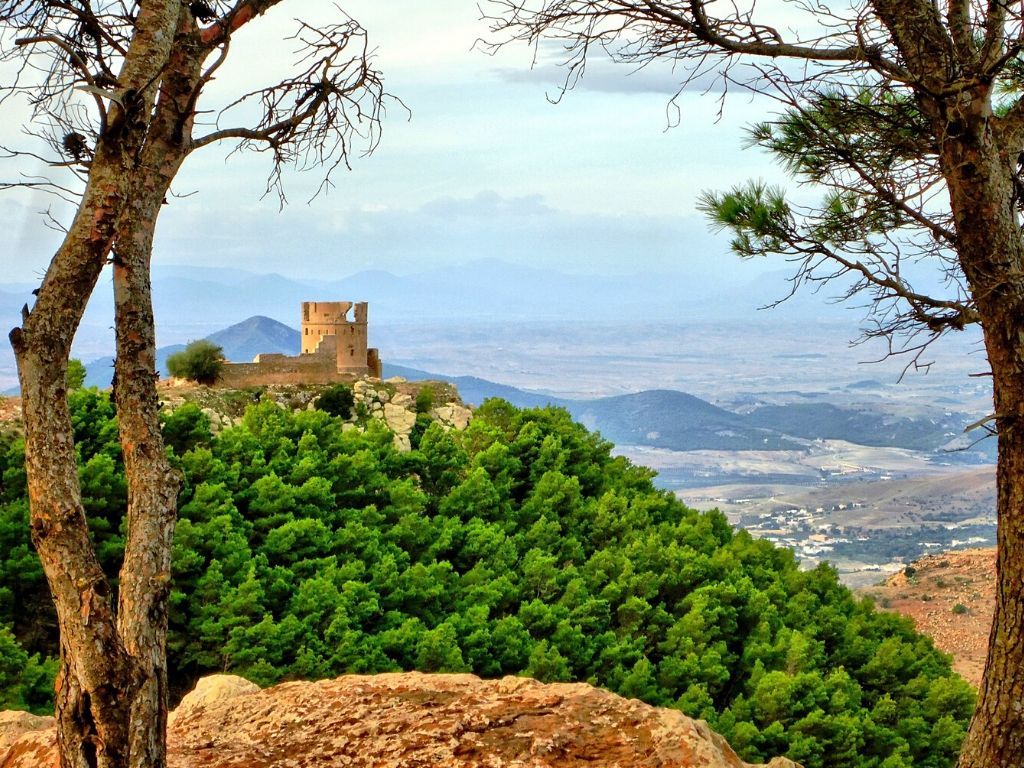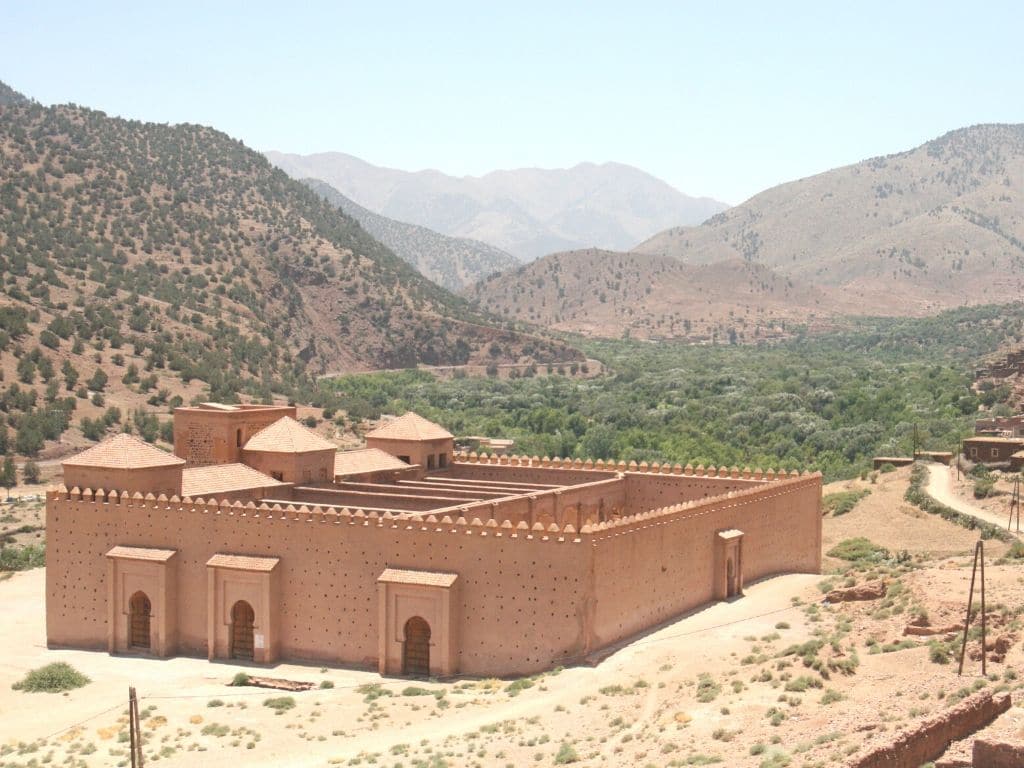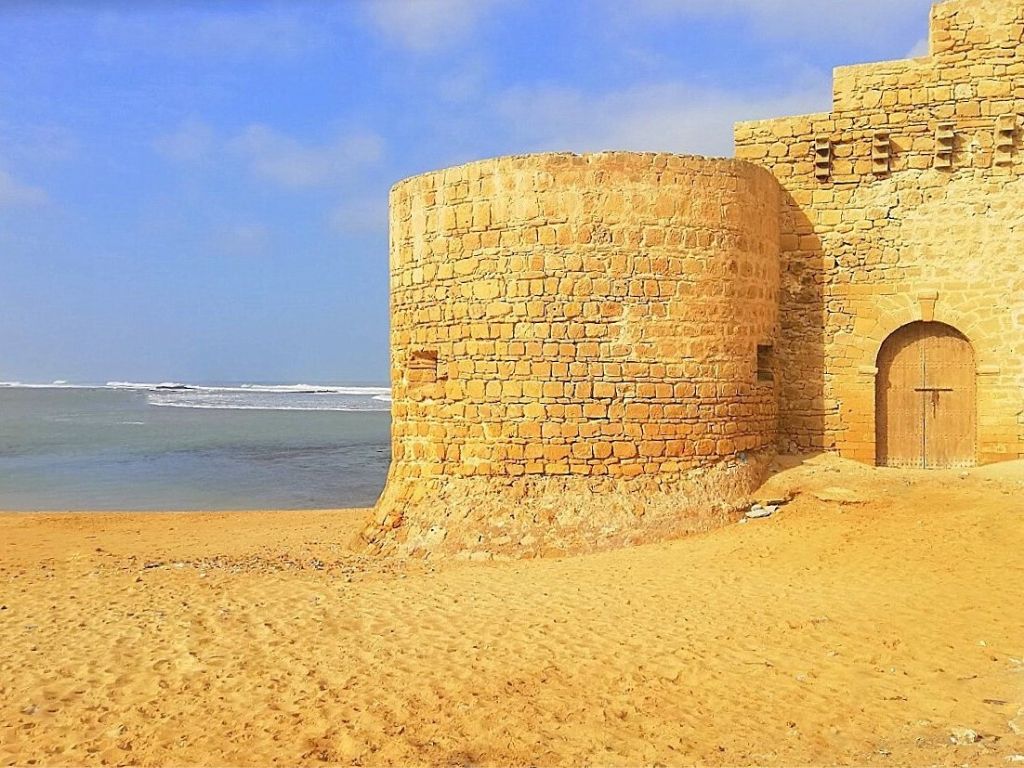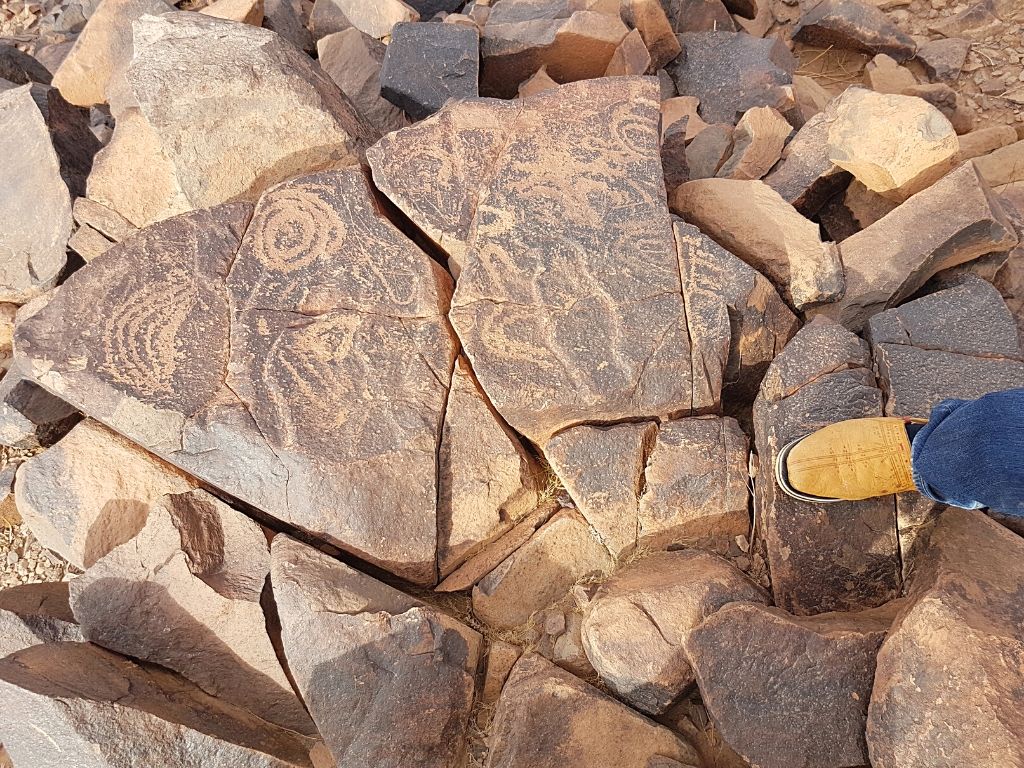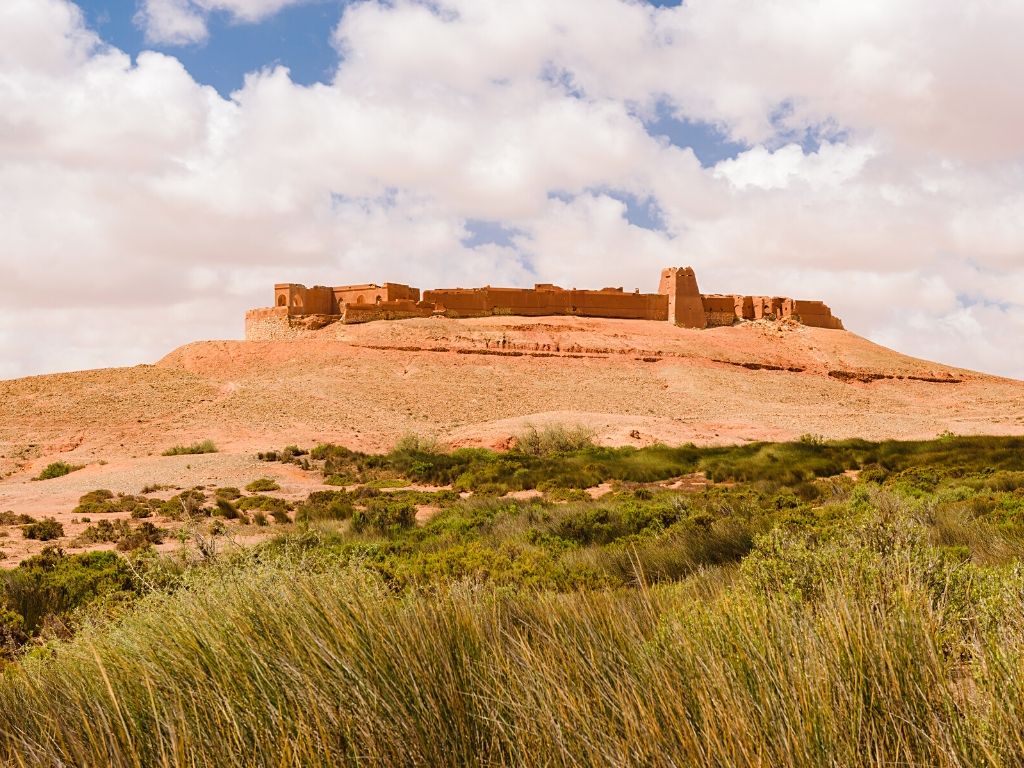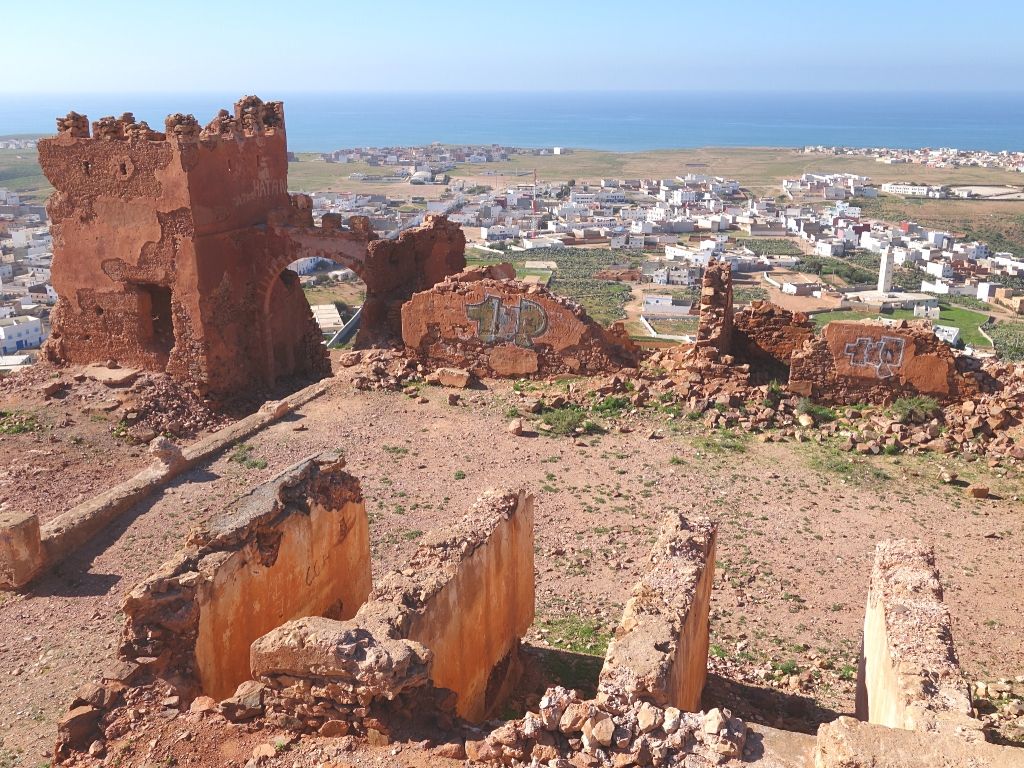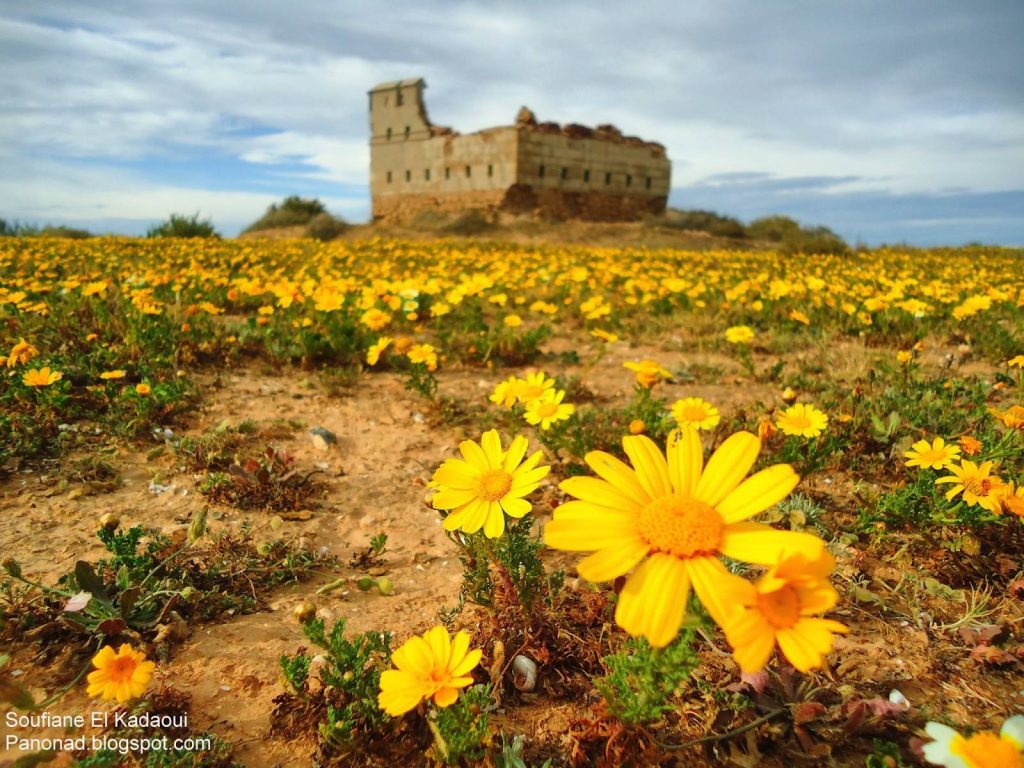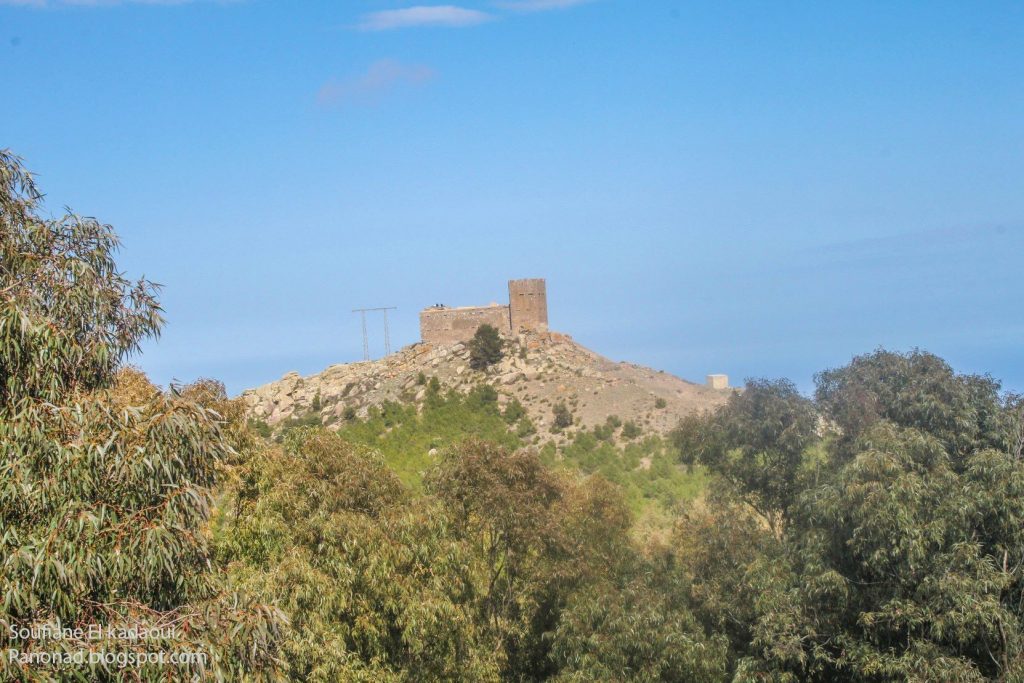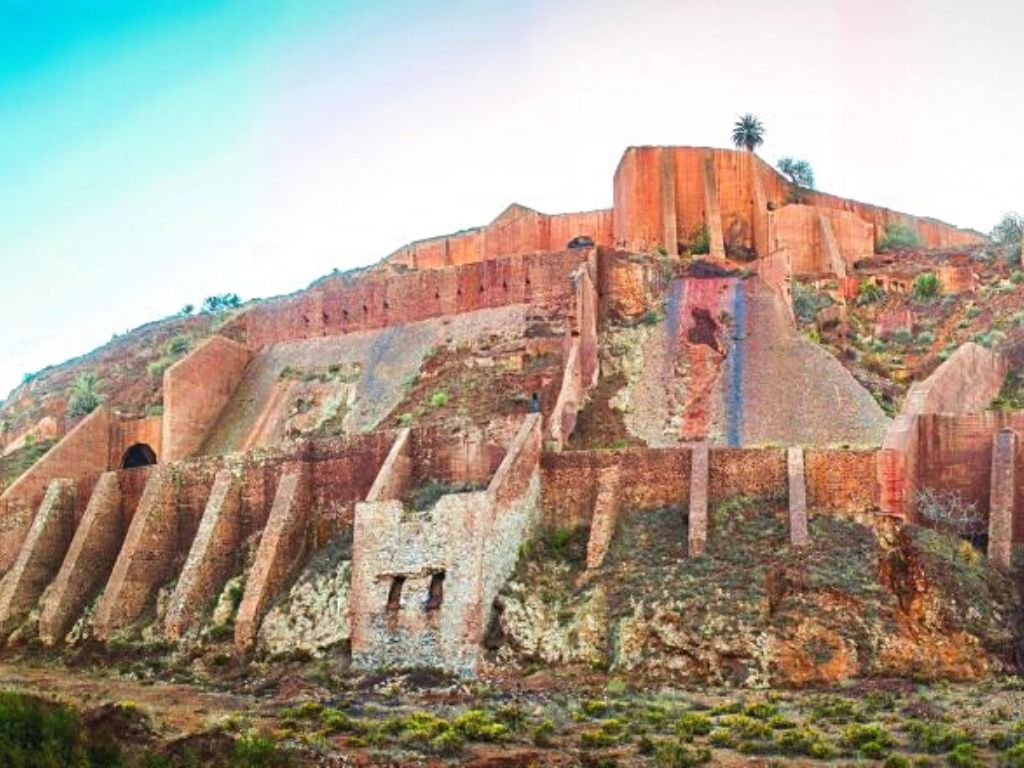Table of Contents
Archaeological sites in Morocco are where evidence of activities from the historical past, whether prehistoric or not, have been preserved and can now be visited as one of the best tourist attractions in Morocco.
These historical sites in morocco are connected to the place where artifacts, buildings, castles, a ksar, or other evidence of human activities, are or have been conserved. The best acknowledged archaeological sites correspond to ancient cities, temples, cemeteries, and tombs buried in various regions of Morocco. Also, there are nine UNESCO sites in Morocco.
Morocco has an interesting list of such archaeological sites spread a bit around the country. From Phonecian ruins to Roman cities, from prehistoric caves to dinosaur excavations, Morocco also surprises with a vast rock art heritage in the southern regions.
Interestingly, Tafoughalt Cave is the oldest cemetery in Africa. The also called Grotte des Pigeons is a rich source for archaeologists as modern humans left behind evidence of their visits to the cave over at least 100,000 years.
Are you planning your next holidays in Morocco? Then don’t forget to include us and book your trip to Morocco with us. You can also check out our day trips from Marrakech, an unforgettable tour from Marrakech to Fes, or a desert trip from Marrakech and explore this beautiful part of the world. On this page, we list the most famous archeological sites in Morocco.
Morocco Archaeological sites: Agouz Castle, Aljazira Tower, Basbel Castle, Bou Jerif Fort, Chellah Necropolis, Iulia Valentia Banasa Roman City, Jbel Adad Rock Art, Kantira, Ksar es-Seghir Castle, Lixus City, Mirleft Fort, Msoura Cromlech, Tafoughalt Cave, Thamusida Roman Port, Thazouda Tower, Tinmel Mosque, and the Archaeological Site of Volubilis.
Best Archaeological sites in Morocco
- The territory of Morocco is punctuated with historical sites where archaeological campaigns have been carried out.
- There is an excellent variety in the origins of these places: some are entirely Islamic, while others combine different levels of occupation.
- Phoenicians, Carthaginians, and Romans had a strong presence here and left their marks.
- Archaeological Sites in Morocco are dating from Antiquity, the Middle Ages, and Prehistory. Most can be visited easily.
Thazouda Tower © Soufiane El Kadaoui Chellah Necropolis The Roman city of Iulia Valentia Banasa Tafoughalt Cave © Soufiane El Kadaoui The Carthaginian and Roman river port of Thamusida Tinmel Mosque The Roman city of Volubilis The stone circle and cromlech of Msoura Ksar es-Seghir Castle Agouz Castle The Carthaginian and Roman city of Lixus Jbel Adad Rock Art Bou Jerif Fort Mirleft Fort Aljazira Tower © Soufiane El Kadaoui Basbel Castle © Soufiane El Kadaoui Kantira © Soufiane El Kadaoui
Archaeological sites in Morocco
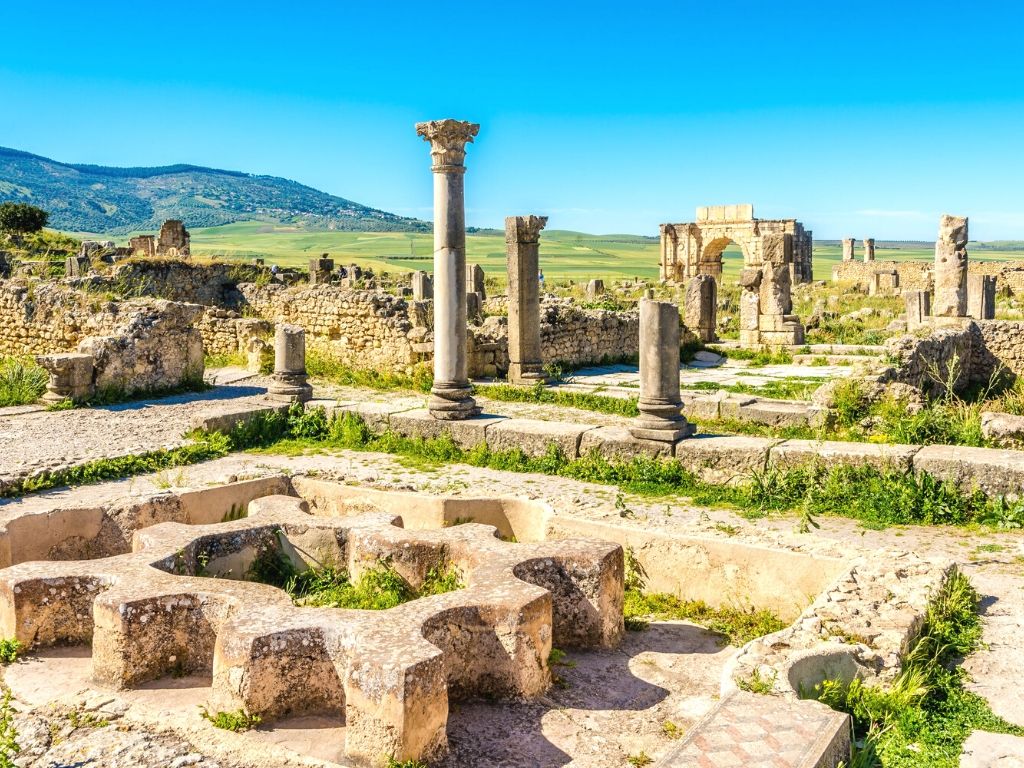
Volubilis Archaeological Site in Morocco
Volubilis Archaeological Site in Morocco is close to Meknes. The Volubilis area has human presence before the arrival of the Romans, but the city grew between the 1st and 2nd centuries. In 285, it was conquered by Berber tribes and continued to be inhabited until the 11th century. It was excavated and studied by the French from the end of the 19th century. It is a UNESCO World Heritage site.
Volubilis was founded by Phoenician settlers and later became a famous Roman city. It prospered until it was lost to the Berber tribes that conquered it in 285. It remained inhabited until the 11th century and has started to degrade since then. You can see some of the most famous buildings in the city and beautiful panels of Roman tiles. This is the best of all the Archaeological sites in Morocco.
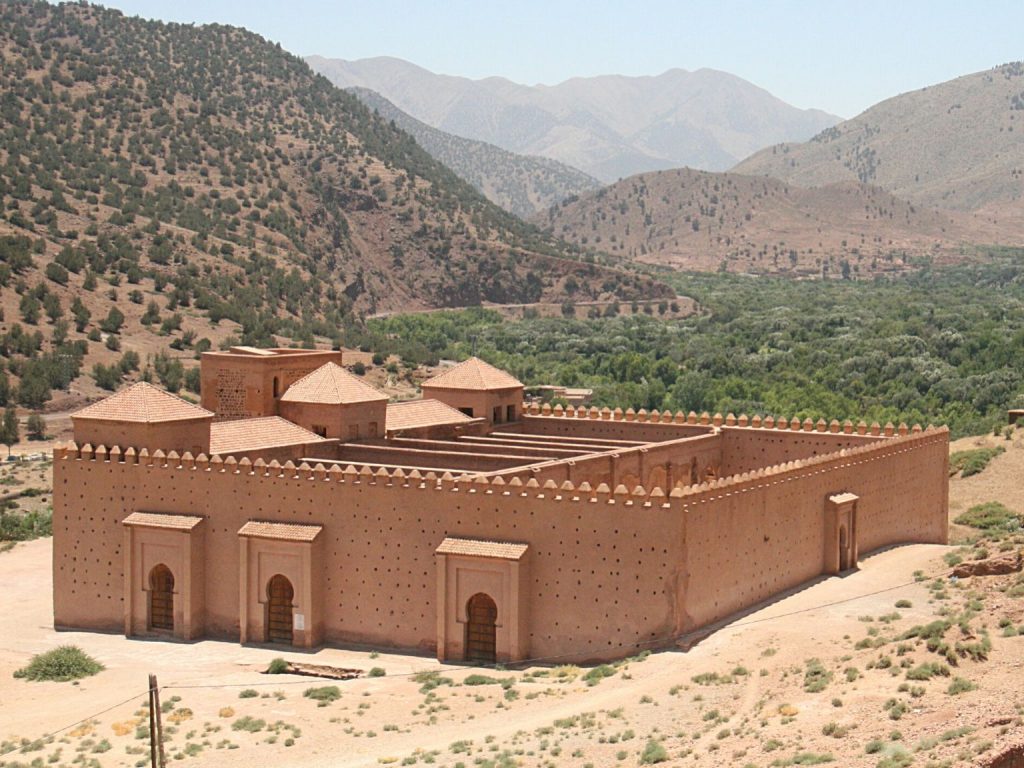
Tinmel Mosque in Morocco
Tinmel Mosque in Morocco is located in a small village in the High Atlas, 130 km south of Marrakech. The Almohad dynasty was born here, and the mosque was build at the beginning of the 12th century. The temple was inspired by the Grand Mosque in Taza and later served as a model for the Koutoubia Mosque in Marrakech. It is one of the two mosques in Morocco that can be visited by non-Muslims.
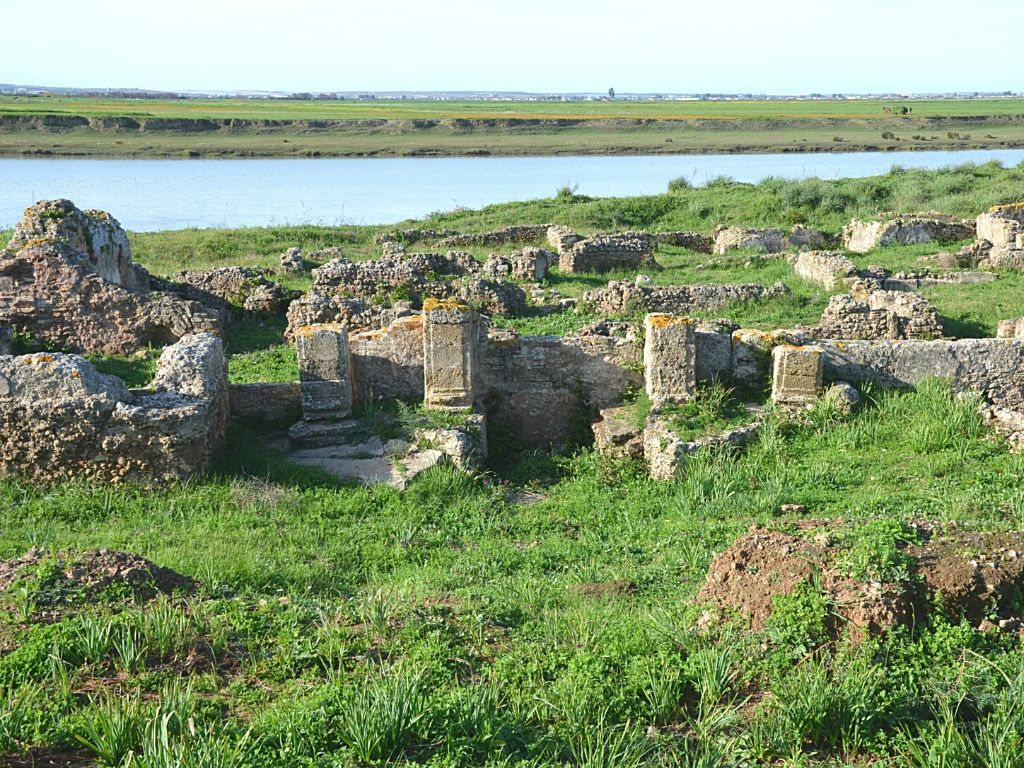
Roman Port of Thamusida in Morocco
The Roman Port of Thamusida in Morocco is located next to the Atlantic coast of Morocco, some 50 km north of Rabat. It was a Berber settlement, a Carthaginian colony, and, later, Roman. The site had three French archaeological campaigns in 1913, 1962-1966, and since 1998, it has been excavated. Many of the discovered artifacts are found in the Archaeological Museum of Rabat.
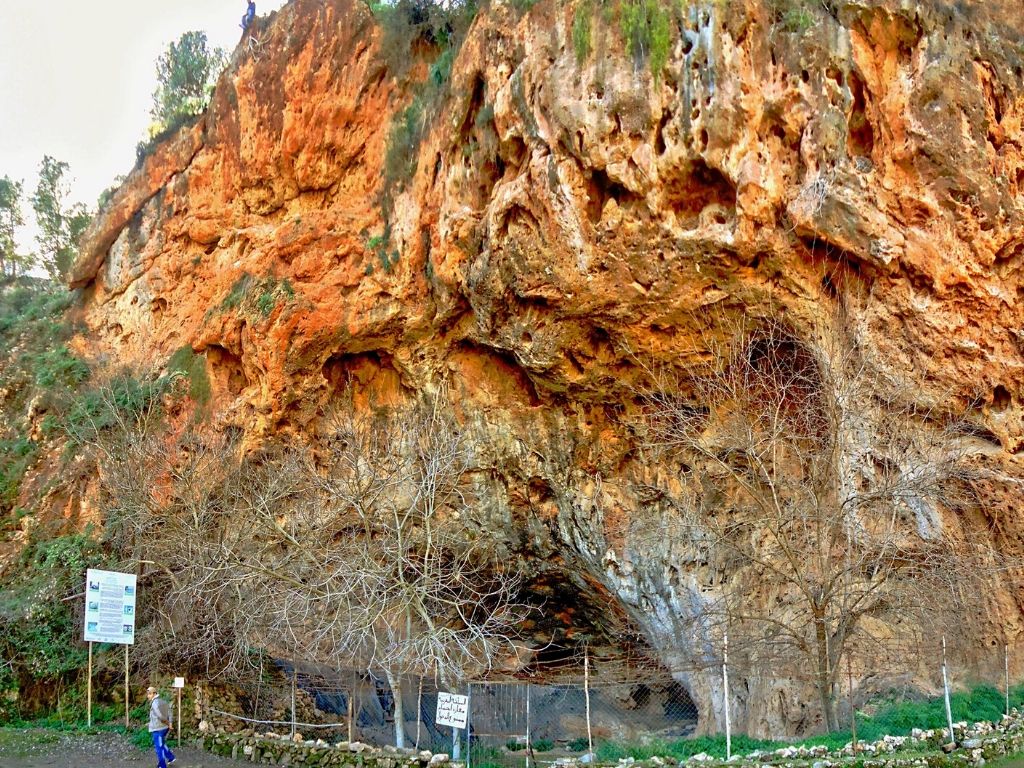
Tafoughalt Cave in Morocco
Tafoughalt Cave in Morocco is known as “Grotte des Pigeons”, it is the oldest known funeral place in Africa. It is located in the northeast of Morocco, close to the border with Algeria. The remains of thirty-four humans were identified there. The bones were dated to the Upper Paleolithic (17,000 years ago). The cave was discovered in 1908 and excavated in successive archaeological campaigns that continue to this day.
Photo © Soufiane El Kadaoui.
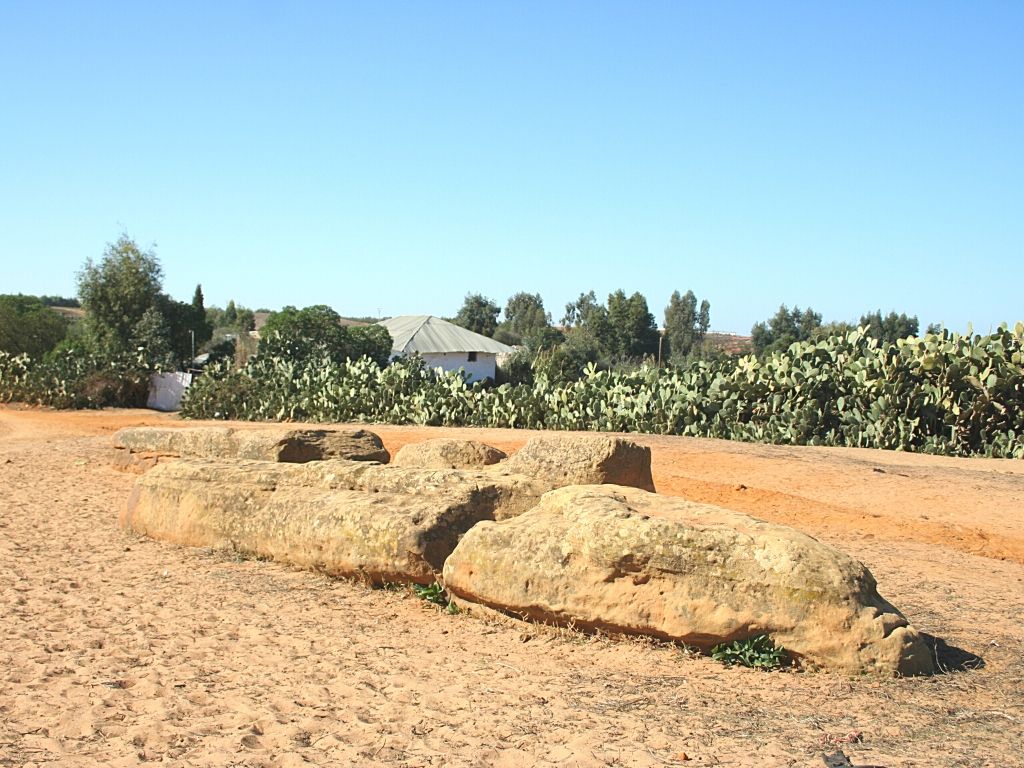
Msoura Cromlech and Stone Circle in Morocco
The Msoura Cromlech and Stone Circle in Morocco are located 15 km southeast of Asilah. It consists of 167 monoliths surrounding a funeral structure covered with earth (tumulus) 57 m long and 54 m wide. The site is dating from the 4th or 3rd century BC. The Spaniards excavated the area in 1925 and the 1950s.
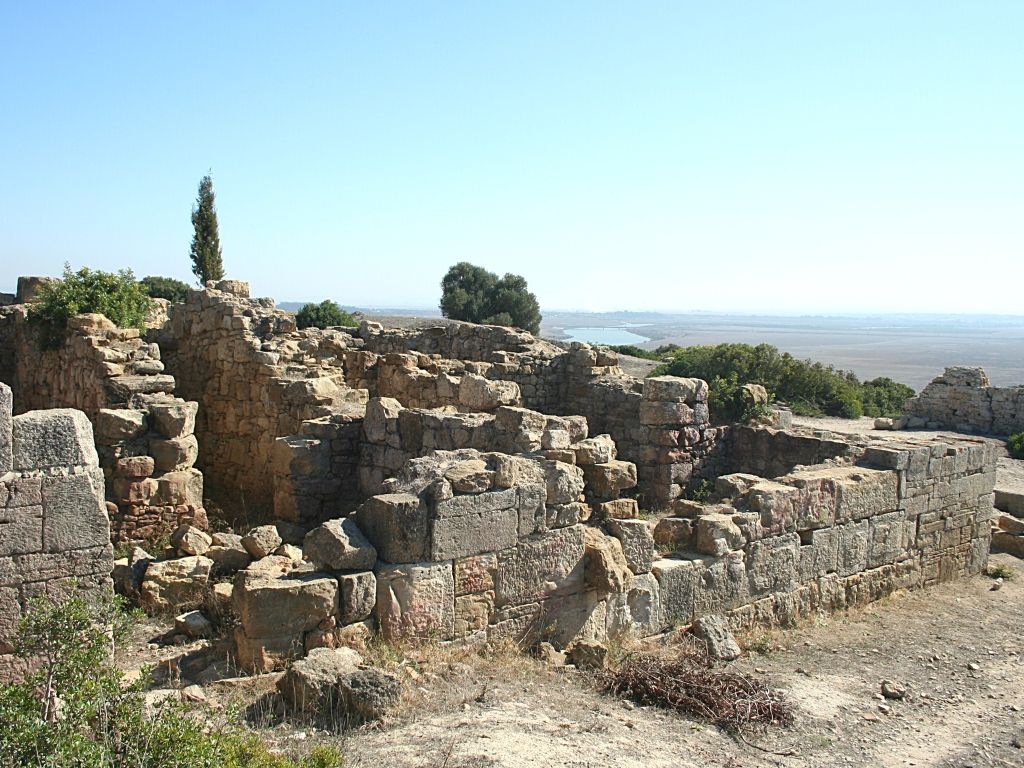
The Carthaginian and Roman city of Lixus in Morocco
The Carthaginian and Roman city of Lixus in Morocco is located in the northern part of the country, next to the coastal city of Larache. It was founded by the Phoenicians in the 7th century BC and grew up under Carthage. The Romans succeeded each other, who brought the city to its peak around the year 50. The Muslims, who arrived in Morocco in 680, destroyed the city, but some Berber families remained there. There were archaeological campaigns between 1948 and 1969. This is one of the latest renovated Archaeological sites in Morocco.
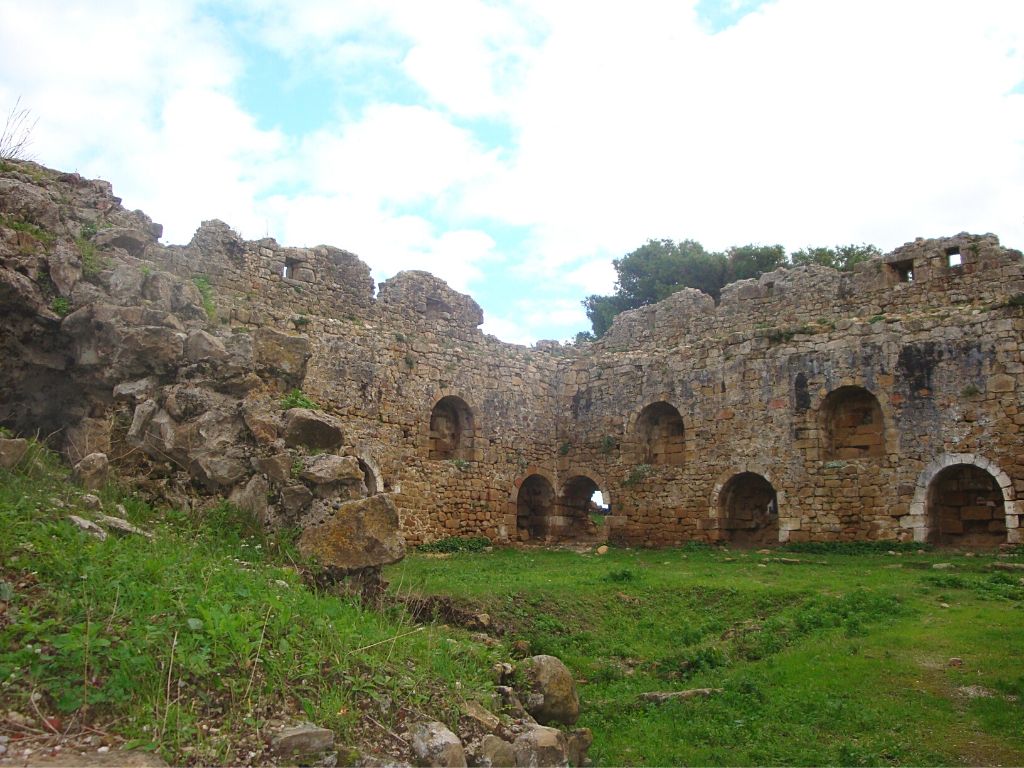
Ksar es-Seghir Castle in Morocco
Ksar es-Seghir Castle in Morocco is located along the coast, between Ceuta and Tangier. There are two levels of occupation. The first is Islamic, the second results from the Portuguese rule (1458-1550). After the Portuguese left, the place remained uninhabited. It was excavated from 1970, with a Portuguese archaeological campaign already taking place in the 21st century.
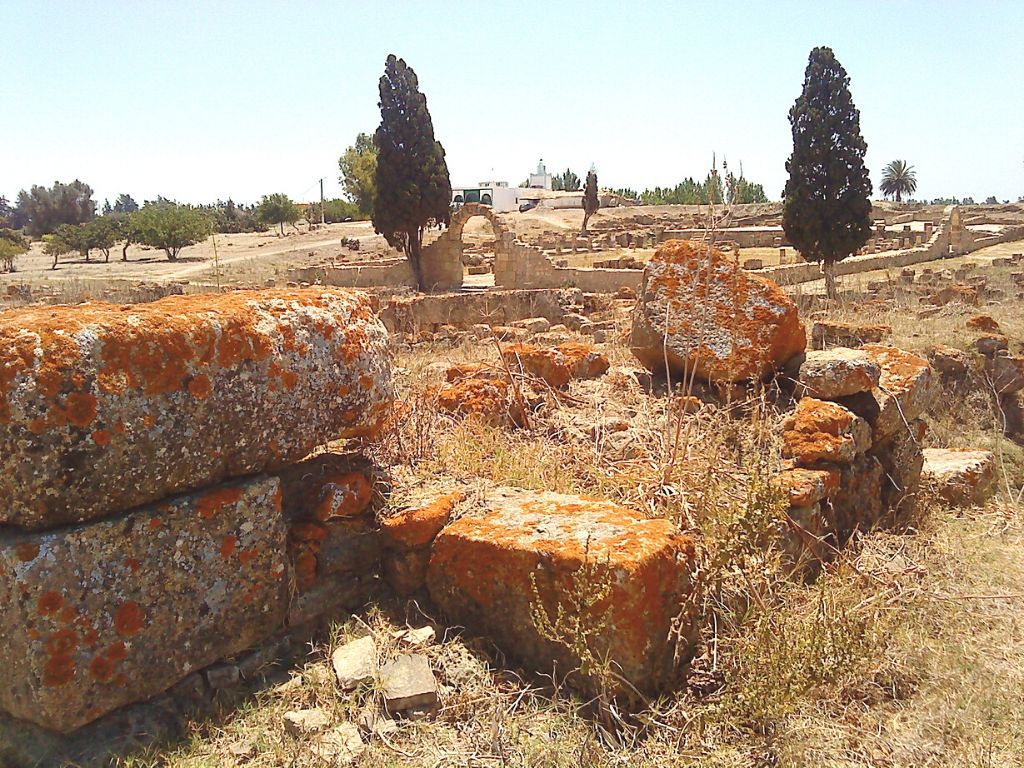
Roman City of Iulia Valentia Banasa in Morocco
The ruins of the Roman City of Iulia Valentia Banasa in Morocco are located in northern Morocco, halfway between Tangier and Rabat. It was founded in the first half of the first century by the emperor Augustus. It used to serve as a home for veterans of the battle of Actium. It was abandoned in 285. It includes traces of a basilica, a capitol, a forum, and baths.
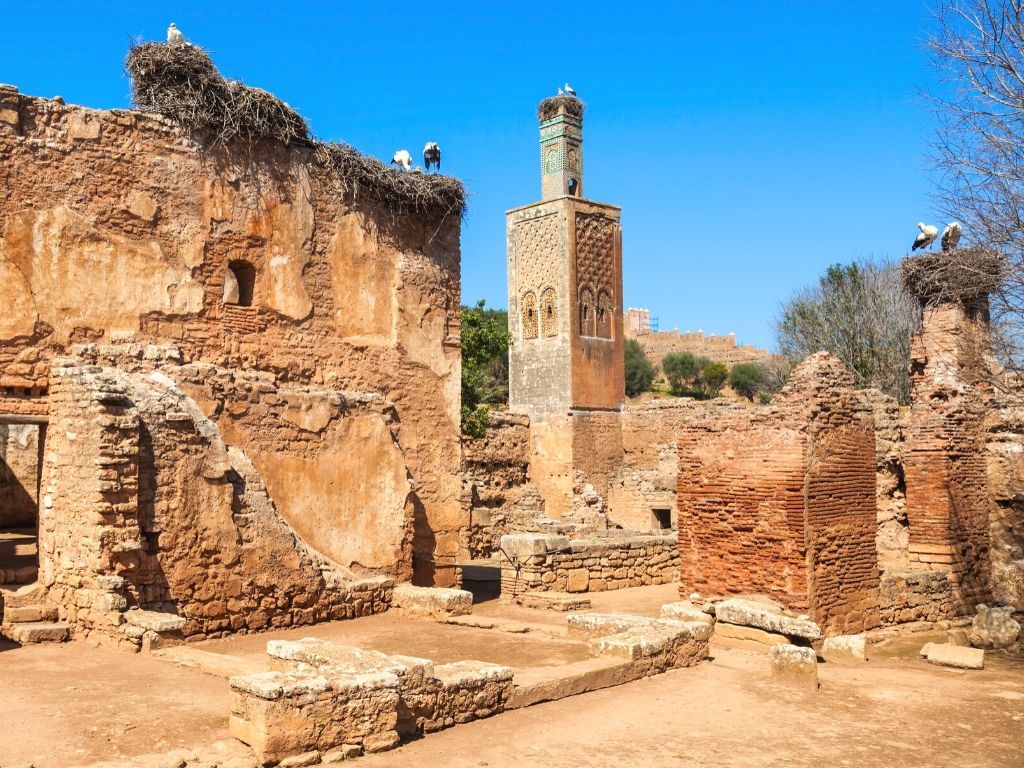
Chellah Necropolis in Morocco
Chellah Necropolis in Morocco is located in Rabat. Inhabited by Phoenicians and Romans, the site was transformed into a royal cemetery by the Almohad dynasty in the mid-12th century. The Marinids created the necropolis in the late 13th century. There they built a mosque and a madrasa, in addition to other support buildings. This is one of the archaeological sites in Morocco that suffered considerable damage due to the 1755 Lisbon earthquake.

